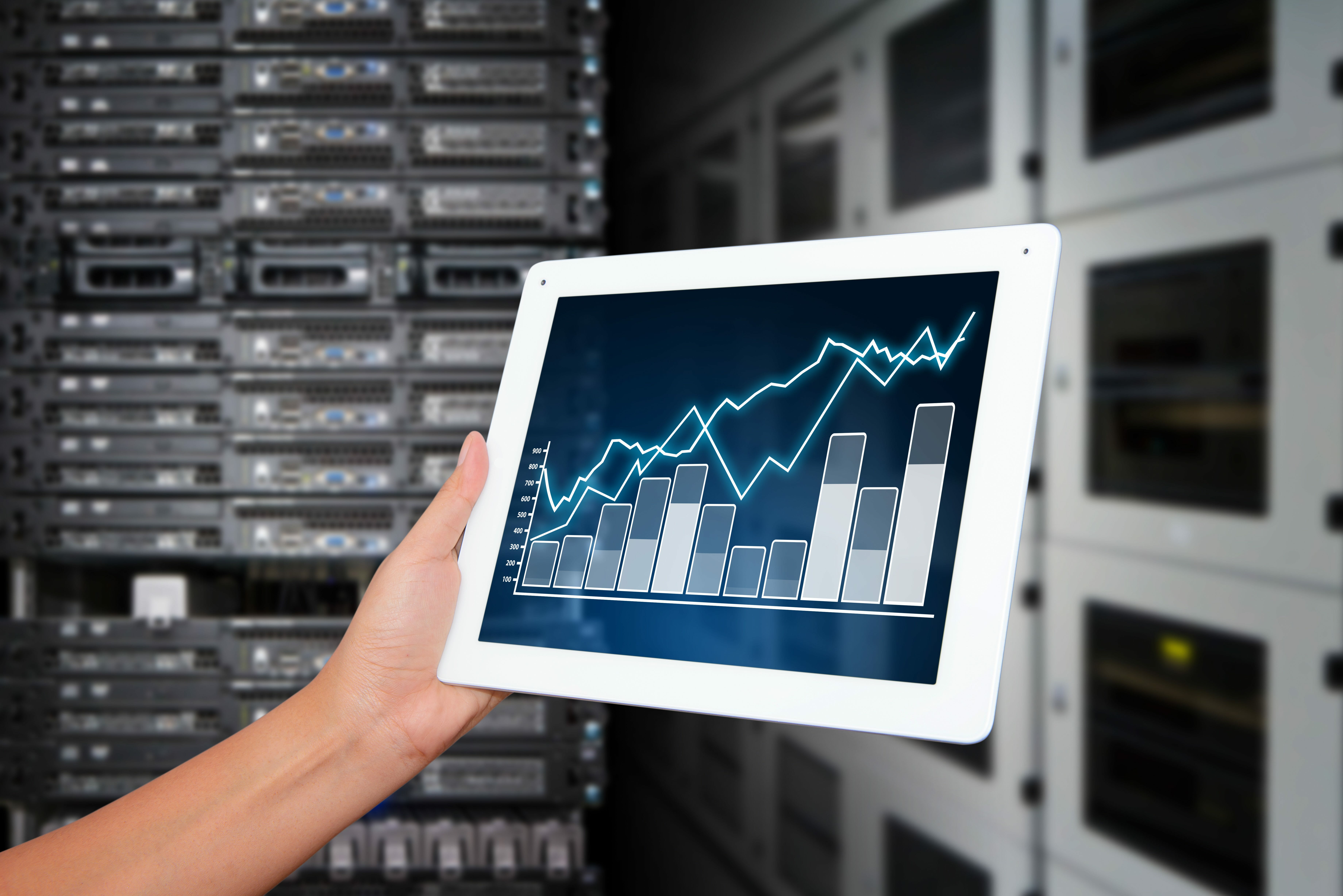In the fast-paced world of automated trading, where split-second decisions can lead to substantial gains or crippling losses, effective monitoring of your trading system is paramount. As algorithms execute trades with lightning speed, the ability to assess and adjust performance in real-time becomes crucial.
But how does one navigate this complex landscape? The challenge lies not only in tracking metrics but also in understanding the nuances of market fluctuations and the underlying mechanics of your strategy. From establishing robust performance indicators to employing advanced analytical tools, the methods for monitoring an automated trading system are as varied as the markets themselves.
This article delves into the best practices that can help traders ensure their systems function optimally, adapt to market changes, and ultimately thrive in an ever-evolving financial environment. Whether youre a seasoned trader or just starting out, the insights provided here will guide you through the essentials of effective monitoring, allowing you to harness the full potential of your automated strategies.
The Importance of Monitoring

Monitoring your automated trading system, especially when using the best auto trading platform, is not just a best practice; it\’s an essential lifeline that can mean the difference between profit and loss. In the fast-paced world of trading, where market conditions can shift in the blink of an eye, a robust monitoring strategy is crucial.
It involves more than simply overseeing performance metrics; it requires vigilance against potential anomalies, understanding the rationale behind trades, and readiness to implement adjustments in real time. Regularly reviewing how your system operates under various market conditions can unveil hidden inefficiencies and help in fine-tuning algorithms to adapt to evolving trends.
Moreover, the emotional aspect of trading—often overlooked—can also be managed through diligent oversight, ensuring that your system aligns with both your financial goals and risk tolerance. In essence, effective monitoring transforms a passive trading strategy into a dynamic force, empowering traders to navigate the complexities of the financial landscape with confidence and foresight.
Setting Performance Metrics

Setting performance metrics for your automated trading system is essential to gauge its effectiveness and profitability in the ever-fluctuating financial landscape. First, consider implementing a variety of metrics—like Sharpe ratio, drawdown, and win-loss ratio—to capture a comprehensive view of your systems performance. Its not simply about how much profit is generated; understanding risk-adjusted returns is equally vital.
Additionally, establish benchmarks to compare your system against market indices or competitors, ensuring you have a contextual framework for evaluation. As you define these metrics, remember to account for the specific goals of your trading strategy—whether it be high-frequency trading or long-term investments—as each approach demands its own tailored metrics.
Regularly review and refine these indicators, adjusting as necessary to align with both market conditions and personal objectives, ensuring your system remains agile and responsive. Ultimately, by setting robust performance metrics, you pave the way for informed decision-making, mitigating risks and enhancing your trading acumen.
Establishing a Monitoring Framework

Establishing a robust monitoring framework for your automated trading system is essential to ensure its long-term success and stability. Begin by defining key performance indicators (KPIs) that align with your trading goals—these will serve as critical benchmarks for performance evaluation. Incorporate real-time data feeds and alerts that notify you of significant market fluctuations or system anomalies, keeping you informed and ready to act.
Moreover, consider integrating advanced analytics tools that not only track profit and loss but also analyze patterns in trading behavior, helping you identify potential areas for improvement. Regularly scheduled reviews are vital; they should not merely be bureaucratic checkpoints but opportunities to learn and adapt.
As you delve deeper into the data, look for both successes and failures alike, embracing the lessons each can provide. Ultimately, a well-structured monitoring framework goes beyond mere observation; it embodies a proactive approach to refining strategies, enhancing performance, and safeguarding against the unforeseen challenges of the market.
Conclusion
In conclusion, effectively monitoring your automated trading system is essential for optimizing performance and ensuring long-term success in the dynamic world of trading. By employing best practices such as setting clear performance metrics, regularly reviewing and analyzing trading results, and maintaining robust risk management protocols, traders can enhance the reliability of their strategies.
Additionally, leveraging top-rated automated trading platforms can provide the necessary tools and analytics to streamline this monitoring process. Ultimately, diligent oversight, combined with the right technology and a commitment to continuous improvement, will empower traders to adapt to market changes and achieve their investment goals with confidence.


